
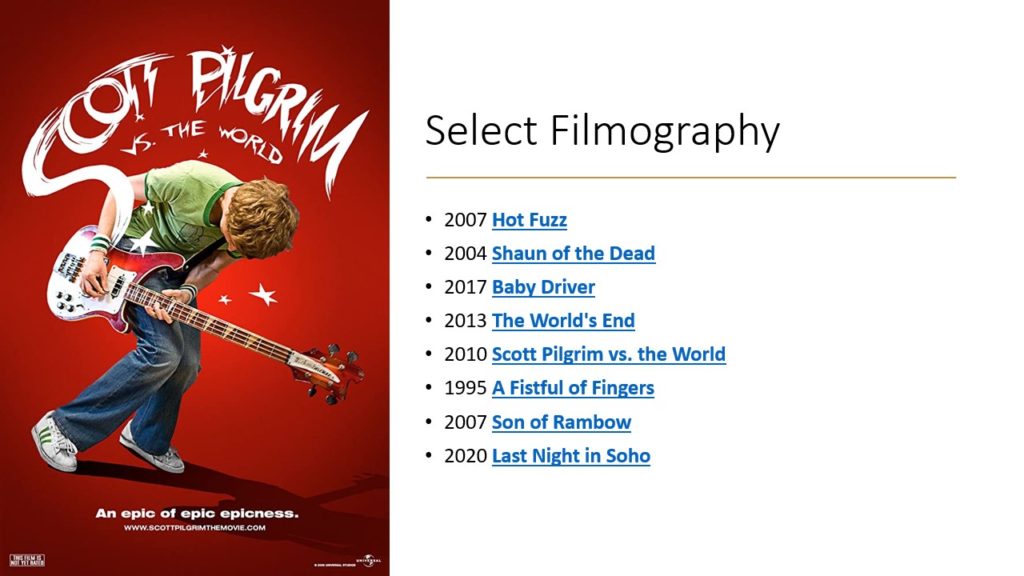
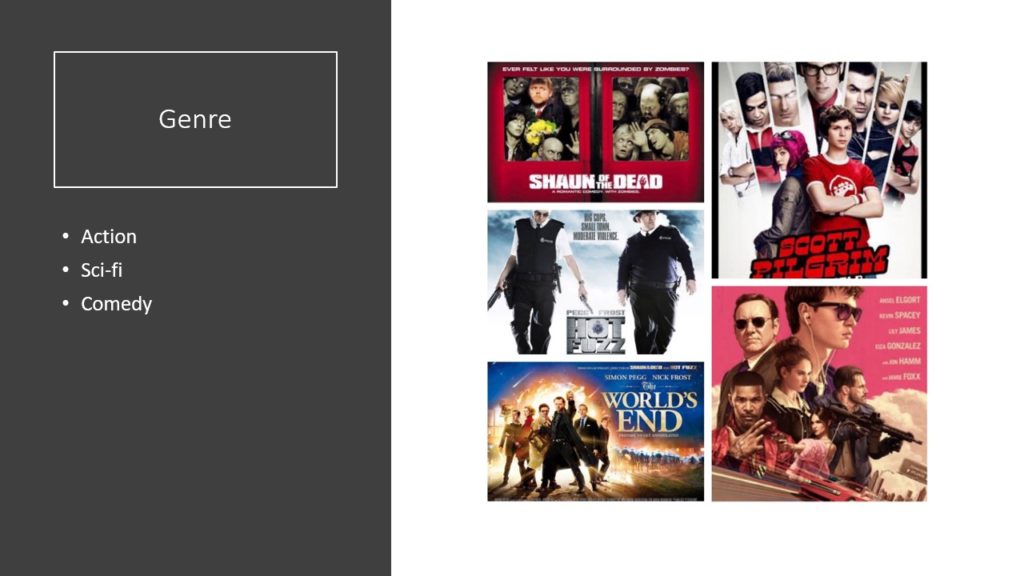
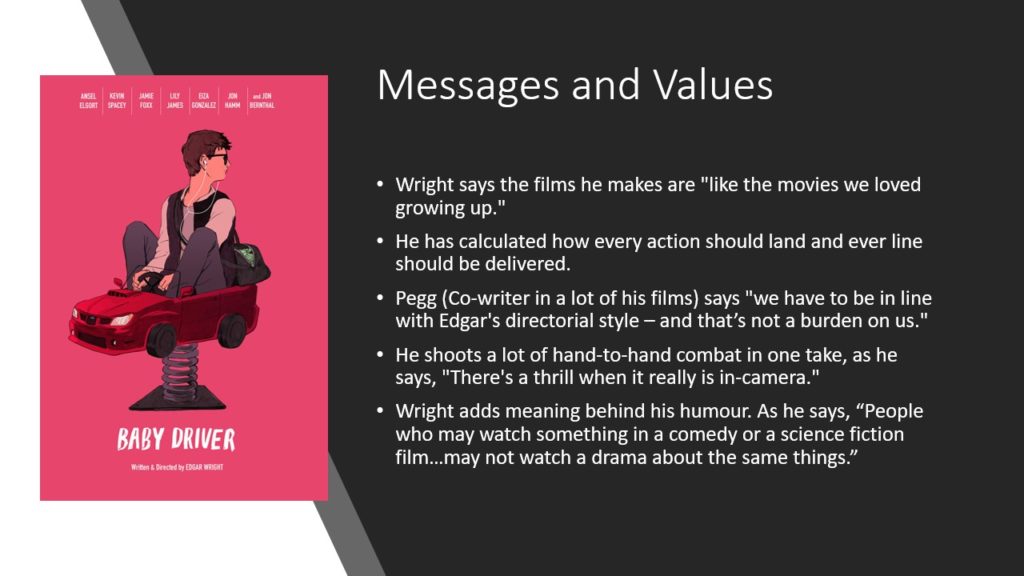
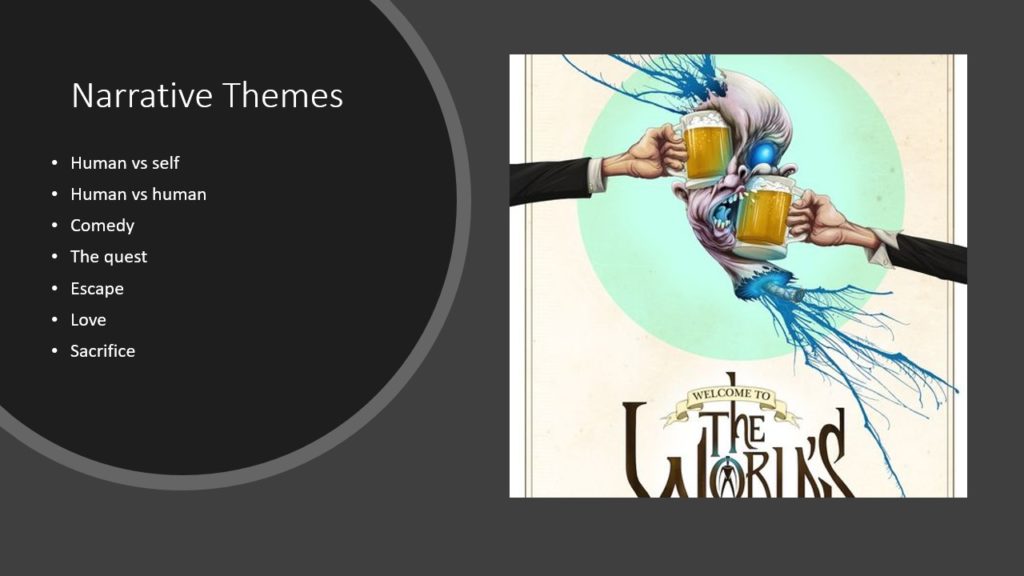
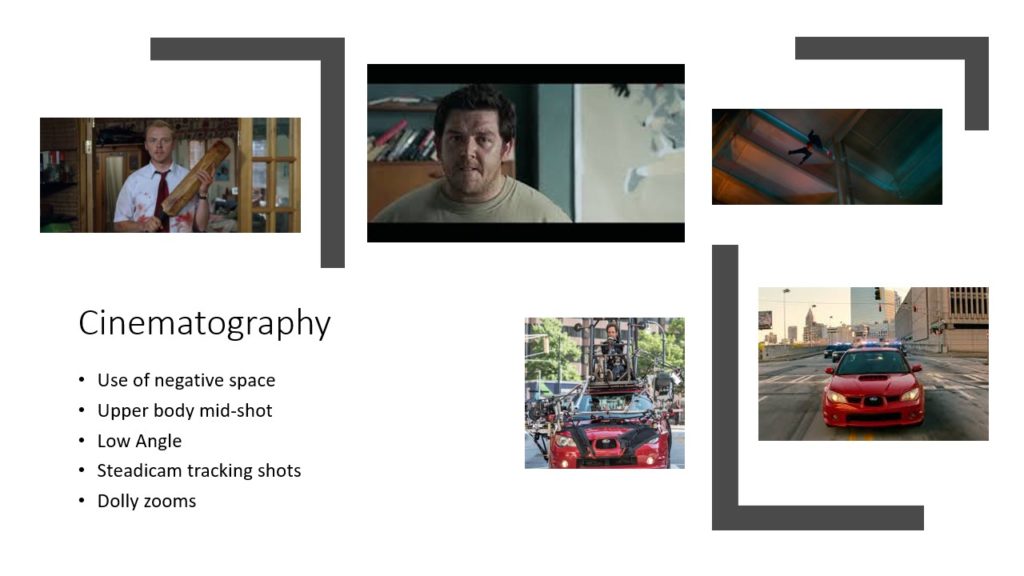
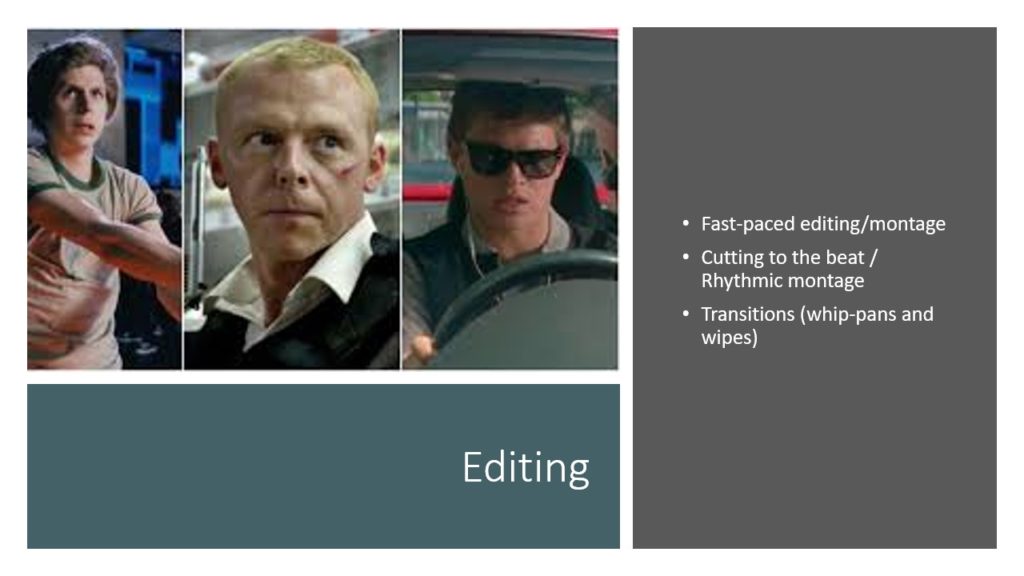
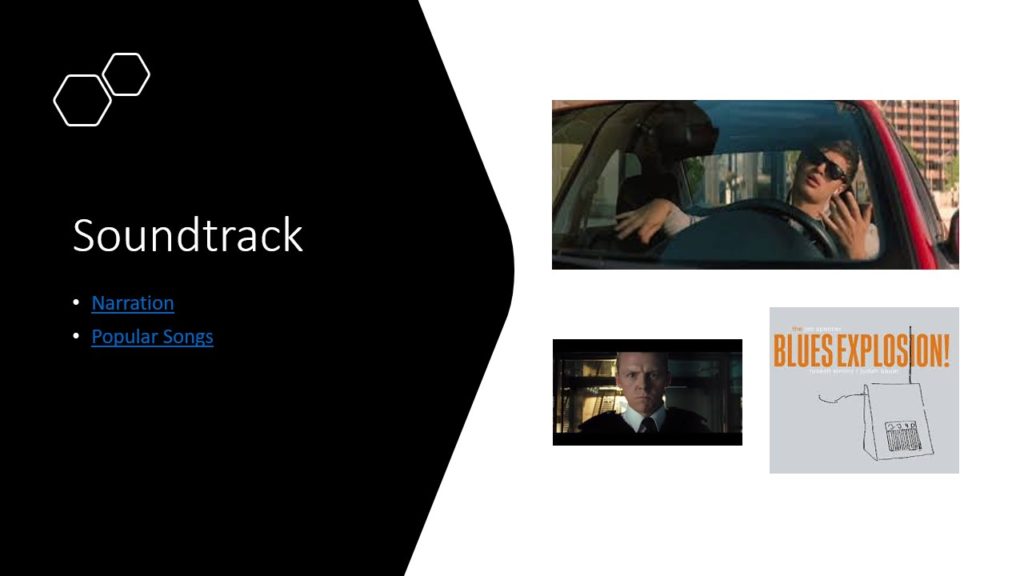
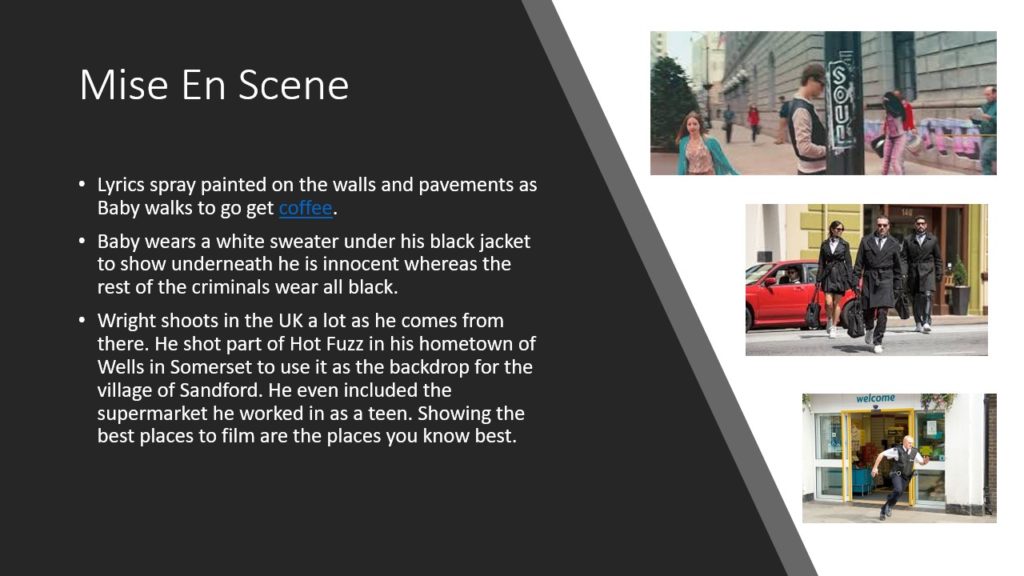

















In 1946, just after the end of the 2nd world war, foreign films began to be allowed to be shown in French cinemas. Also previously banned French films were allowed to be viewed. Hollywood films were now able to be watched again and popular directors like Alfred Hitchcock, Orson Welles and John Ford were inspiring French filmmakers. French film magazines began to write about how filmakers were artists in their own rights and used to camera to tell storys. They believed that films were more unique to the directors and represented their style for example an a film directed by Alfred Hitchcock was a ‘Hitchcock film’ rather than a ‘Paramount Pictures film’.
An early essay written by Alexandre Astruc included the phrase ‘ Caméra au Stylo’ which mean ‘Camera Pen’. He wrote this to say that filmmakers used the camera as a tool, like an artists uses a paint brush or a writer uses a typewriter.
Popular techniques of the French New Wave era included, Jump cuts and breaking the 4th wall. These techniques aimed to distance the audience from the film and make them feel like they are watching a film. This was almost a forbidden practice in traditional filmmaking.
